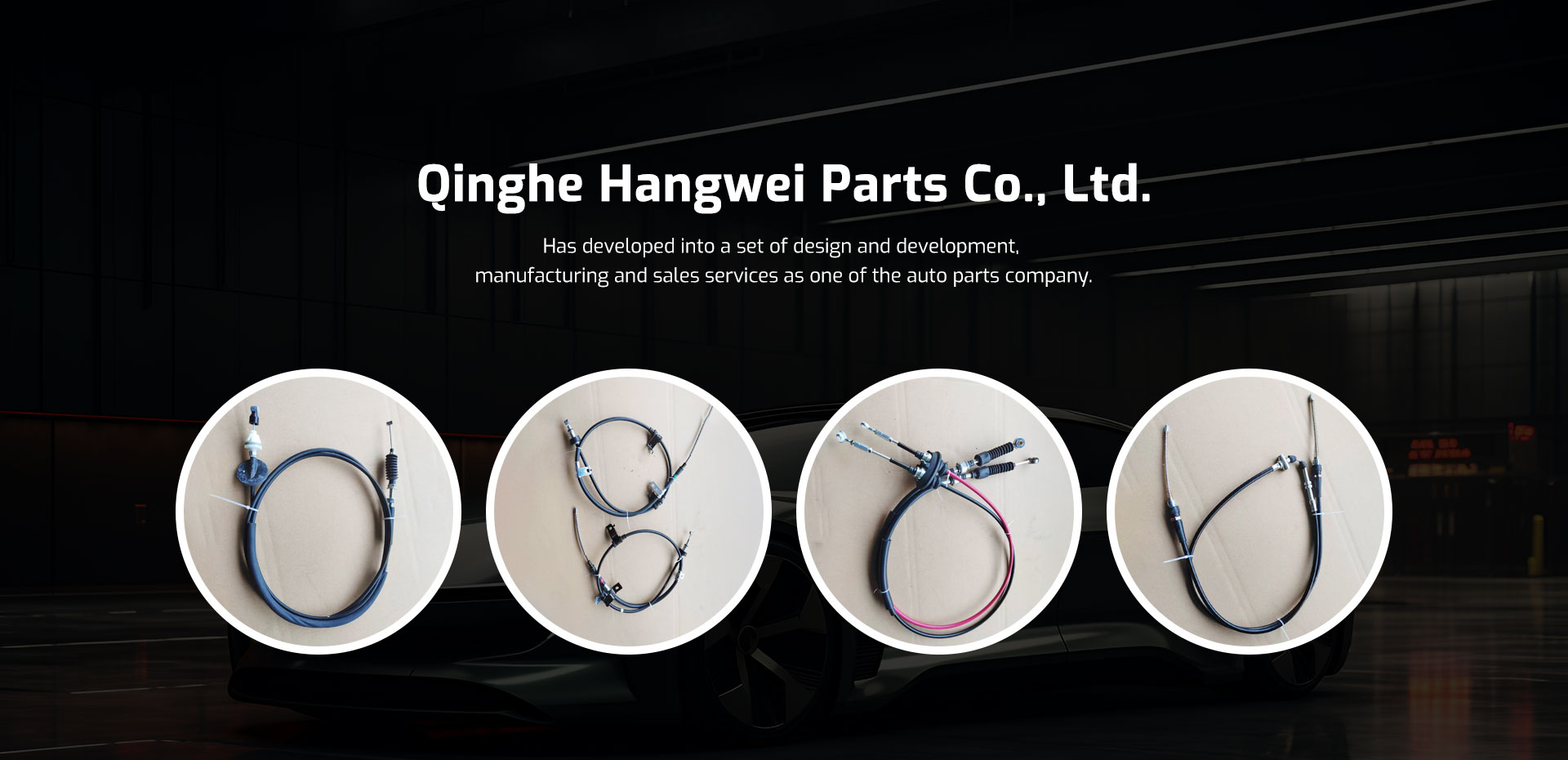e brake cable
Understanding E-Brake Cables Importance, Functions, and Maintenance
The e-brake, or emergency brake, is a crucial component of automotive safety systems. This mechanical device is designed to prevent a vehicle from rolling away when parked, providing an essential safeguard for both drivers and pedestrians. A key part of the e-brake system is the e-brake cable, which connects the brake lever or pedal to the brake mechanism at the rear wheels. Understanding its functions and maintenance can help ensure your vehicle operates safely and effectively.
What is an E-Brake Cable?
The e-brake cable is a flexible steel cable that transmits force from the e-brake lever to the brake shoes or discs. Typically, cars come equipped with either a mechanical or electronic e-brake. In mechanical systems, the cable is manually pulled by the driver, creating tension that engages the brake. Conversely, electronic systems utilize sensors and motors to operate the brake, often found in newer vehicle models. Regardless of the system type, the e-brake cable plays a vital role in facilitating the braking mechanism.
Functions of the E-Brake Cable
The primary function of the e-brake cable is to secure the vehicle in a stationary position. When engaged, it clamps down on the brakes, preventing the car from moving, even on inclined surfaces. Additionally, in emergency situations, the e-brake serves as a secondary braking system, allowing drivers to stop the vehicle if the primary brakes fail. This reliability is essential for maintaining control and ensuring safety on the roads.
Signs of Wear and Tear
Over time, the e-brake cable can experience wear and tear due to exposure to moisture, heat, and friction. Drivers should be vigilant for signs of cable damage, including
e brake cable

1. Difficulty Engaging or Releasing the Brake If the e-brake lever feels stiff or doesn’t engage smoothly, it may indicate a problem with the cable. 2. Unusual Noises Grinding or scraping sounds when applying the e-brake may suggest friction between the cable and its housing.
3. Inadequate Braking Performance If the vehicle rolls when the e-brake is engaged, it could mean the cable has stretched or become disconnected.
Maintenance Tips
Regular maintenance is essential for the longevity of your e-brake cable. Here are some tips to keep it in good condition
- Inspect Regularly Check the cable for fraying, corrosion, or other signs of wear during routine vehicle inspections. - Lubricate Apply a suitable lubricant to the cable housing to reduce friction and prevent rust.
- Replace Promptly If you notice any signs of damage or a decrease in performance, it’s essential to replace the cable immediately to ensure safety.
In conclusion, the e-brake cable is a vital component that enhances vehicle safety. By understanding its functions, recognizing signs of trouble, and performing regular maintenance, drivers can ensure their emergency braking system remains effective, contributing to safer driving experiences.
-
Upgrade Your Vehicle with High-Quality Handbrake CablesNewsNov.01,2024
-
Optimize Your Bike's Performance with Quality CablesNewsNov.01,2024
-
Enhance Your Vehicle's Performance with Quality Clutch ComponentsNewsNov.01,2024
-
Elevate Your Vehicle's Performance with Quality Throttle CablesNewsNov.01,2024
-
Elevate Your Vehicle's Performance with Quality CablesNewsNov.01,2024
-
Affordable Solutions for Your Cable NeedsNewsNov.01,2024
